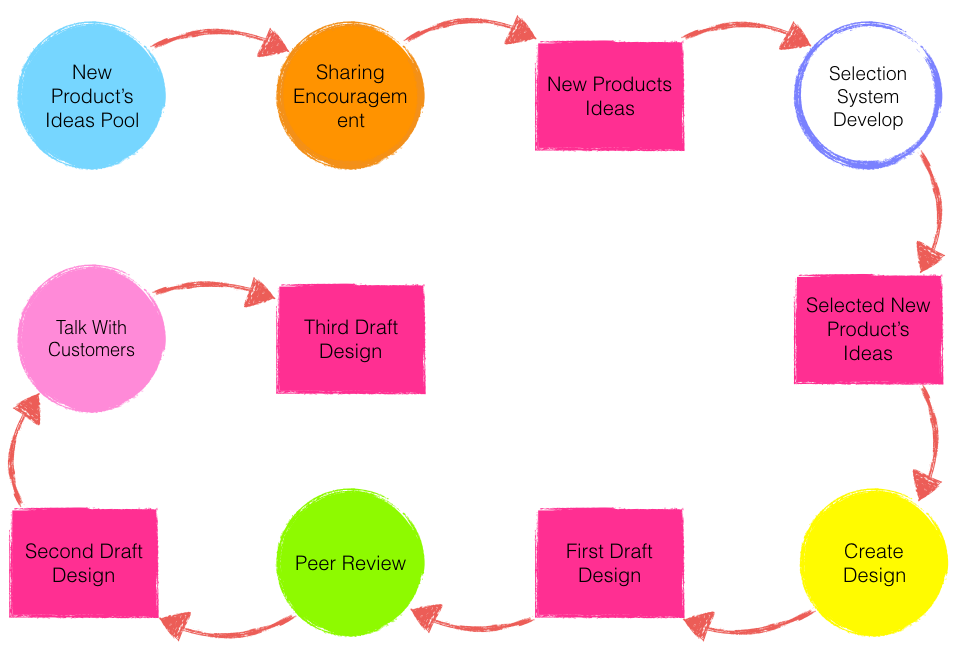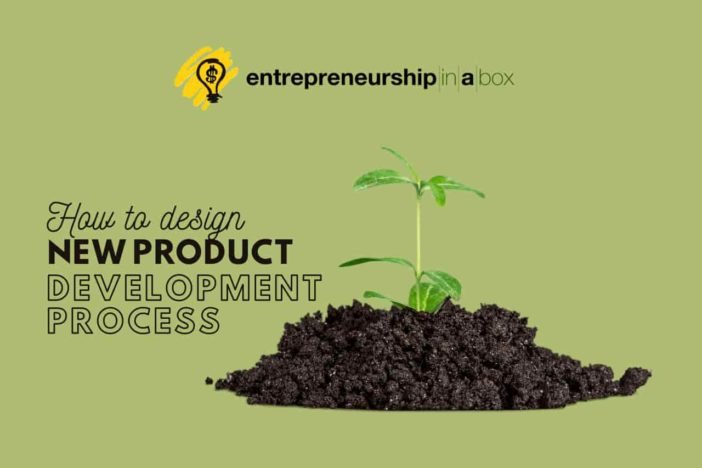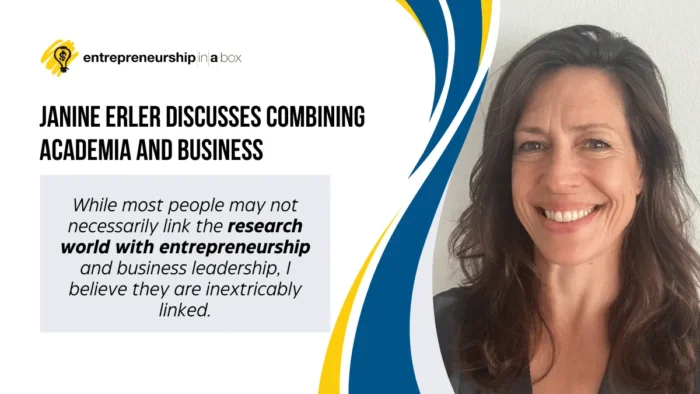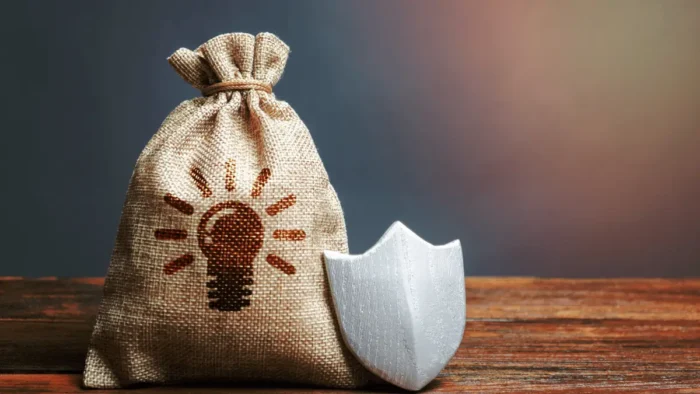The new product development process is something that you will always have in your mind. You can’t succeed without new products development system as a part of your everyday activities.
In my experience, many entrepreneurs are full of ideas about new products. But, their ideas are not executed. They finished as garbage in some part of their brain or simply on a forgotten piece of paper.
But it is not all. Their team members also have or have had in the past ideas for improvements of existing products or ideas about new products. A significant part of these ideas finished unexecuted. They never become real products or services.
When I come to this conclusion for several years, I have started to record different reasons why this happened in most cases. I need to be honest that I have not found some strong correlation between the reasons and type of the companies they have started.
But, studying more than 50 reasons brings me in a position to develop and put in place a new product development process.
This process escapes such and similar mistakes. Here, I would like to present to you some of the steps covered in this process.

Step 1: Create new product ideas pool
With creating a new product ideas pool as the first step in your new product development process, you must decide how you can create, share and record them. Your purpose is not to allow you to lose any idea for everyone in your company.
I like to use Evernote, and in most cases, my proposal for small business owners is to use Evernote in the first step of the new product development process.
Simply, Evernote allows you to create one notebook with many notes related to the new product development process. Additionally, you can use tags to specify the subject of ideas or priority to be implemented and so on.
New Product Development Step 2: Encourage all team members to share their ideas
Many people in their nature don’t want to share what they think, especially when it comes to new ideas, something related to the future. It is normal because new ideas can bring uncertainty and it brings fear of possible mistakes. But, if you want to innovate, and develop new products most efficiently, you will need to encourage all your team members to share their ideas. You want as many as possible ideas even they can look like something stupidest at this moment.
1. Create System for Ideas Sharing Related to New Product Development
The first thing you can do to encourage your team members is to create system and working procedures about how each of your employees can share new ideas. These procedures will need to cover not only steps about how but also what they can expect if their ideas are accepted.
2. Educate Your Team Members How They Can Share Their Ideas
You can also educate them through training and practical support about the ideas sharing process. You cannot expect that your team members will know what they need to do when they come to useful ideas. You need written procedures and to train them to show that sharing ideas doesn’t hurt them in your company.
3. Brainstorming Sessions for Ideas Sharing
Additionally, you can create periodic brainstorming sessions about product improvement and development. On these sessions, you can select the best ones, and award employees that have shared the best ideas.
There are indeed many things you can do to put in place this step. It will depend on your own entrepreneurial creativity. Just start doing something to encourage idea sharing related to new product development.
Step 3: Develop a system to analyze and select the best ideas
Because you already have your new ideas pool in Evernote, this step will be easier.
- Now, you will need to answer the following questions:
- What will you value in the ideas in your new product ideas pool?
- How will you include customers in this process?
- Should you talk to your customers, or only will send them a survey?
- Do you need to organize focus groups?
- What valuation criteria will be most important?
- How will you test each idea?
- Do you need ideas for evaluation templates or subprocesses?
Answers to these questions will lead you through the process of developing new product ideas.
Step 4: Create a design of a new product
In this step, when you have ideas, and you have already selected some of them for implementation, start designing your products and services. Your design can have different forms. It can start from a simple sketch to the official technical drawings with all necessary things related to the new product.
New Product Development Step 5: Enable peer review and proposals to improve the first design
Now, when you have on a piece of paper your first draft design of the new product, it is time to include other people in the design process. You want fresh ideas from people who were outside the development process until now. You simply want to discover possible design improvements.
Ask about reviews from colleagues, close friends, and family. Probably non-technical persons can’t understand your complex technical design. So, you will need to use an explanation about what the product will do for them and how it will look at the addition of sketches or technical drawings.
When you receive enough proposals, you can make a second version of your new product’s design.
New Product Development Step 6: Talk to potential customers and improve the second design
This step will require you and your design team to start talking with potential customers. You know this is the first contact between your new product and potential customers even it is still only on paper. So, be careful in this step. It can give you more insights about customers, their wants and needs, and your new product that is still in the development stage.
Use this information to improve the second version of your new product’s design.
When you come to the best possible design, you can continue with the next steps of the new product development process. They are prototyping, test productions, required redesigns, etc. I will talk about these things in some of the next posts. So, you can start working on your new product development process.





